The author has discussed the right of minting coins, their metrology, metals etc. quite judiciously but has left out the repousse technique and the true import of the droplet method in his treatment of the modes of manufacturing coins. While dealing with the origin and antiquity of Indian coinage, Prof. Goyal has depended mainly on available old books and articles many of which have become almost obsolete now. Glaring examples of omissions are Joe Cribb’s ‘Dating India’s Earliest Coins’ (South Asian Archaeology, 1983, 535-54), B.N. Mukherjee’s ‘Emergence of Coinage in the Indian subcontinent’ (JNSI, LI, 38-47) and, of course, various other articles on the subject published in the recent years. For punchmarked coins, the author seems to have depended mainly on the ‘Seminar Papers on the Chronology of the Punch Marked Coinage’ (Varanasi, 1966) while the important and authentic work of P.L. Gupta and T.R. hardaker (Ancient Indian Silver Punchmarked coins of the Magadha-Maurya Karshapana Series, Nasik, 1985) has been related only to the bibliographical entry. It thus seems that Prof. Goyal had been compiling his notes while teaching this subject in the University and when he thought of publishing this book, he just referred to some important discoveries, books and articles in the Addenda and the Bibliography. This is true of his treatment of the Local, Tribal and Naigama coins also which covers 93 pages. The account of the Kuminda coinage does not have any reference to the important works of Bela Lahiri (Indigenous States of Northern India), P.L. Gupta (Numismatic History of Himachal Pradesh) and M.P. Joshi (Morphogenesis of the Kumindas) besides some articles published in the recent years. The author seems to have accepted as final the attribution of the ‘Kada’ coins to the Kathas without caring to refer to its reputation published many years ago (ND, VI, 12-16). New material on the coins of the Audumbaras Vemakas, Vrishnis (ND, VII, 11-21), Arjunayanas (ND, I, 14-18), Sibis (JNSI, XLIV, 24-28), Yaudheyas (ND, VIII, 24 ff; NS, I, 63-78; Spink Numismatic Circular, CI No. 6, 193-94), Malavas (Coinage, Trade & Economy, Nasik, 1991, 36-45) etc. has not been incorporated in the volume.
ABOUT THE AUTHOR S R Goyal
Professor S.R. Goyal is the retired Professor and Head, Department of History, J.N.V. University, Jodhpur. Described as ‘one of the five best recent historians of ancient India’ by Professor David N. Lorenzen, the great Mexican Orientalist, Professor Goyal combines all the qualities associated with scientific scholarship. He has authored more than thirty voluminous works and over 150 research papers which cover so diverse fields as political history, religious history, literature, biographies, numismatics and epigraphy. He was honoured with the General Presidentship of the Silver Jubilee Congress of the Epigraphical Society of India held at Udupi in 1999 and was elected the Honorary fellow of the Society. His doctoral thesis, A History of the Imperial Guptas (1967), was acclaimed as ‘the best analysis of the Gupta Period which I have ever read†by Professor A.L. Basham (National Professor of Australia) and as ‘imaginative’, ‘well-written’ and ‘a model of historiography’ by Professor Eleanor Zelliot (Minnesota, U.S.A.). The varaious theories propounded in it are described by Professor R.C. Majumdar as ‘deserving very careful consideration’. Among his other major works are included three corpus-like volumes on ancient Indian inscriptions, two volumes respectively on Kautilya and Megasthenes, a three volume authoritative study of ancient Indian history in about two thousand pages, a three volume study of ancient Indian numismatics, and four volumes on great rulers of ancient India. Professor Goyal is deeply involved with the study of the history of Indian religions. Apart from the present monograph he has published two volumes entitled A Religious History of Ancient India (Vol. I, 1984; Vol. II, 1986), and Harsha and Buddhism (1986). All these works of his have been highly acclaimed and admired both in India and abroad. Professor Goyal has been honoured with several Festschrifts, including Reappraising Gupta History for S.R. Goyal (ed. By Professor B.Ch. Chhabra et al) for S.R. Goyal : His Multidimensional Historiography (ed. By Professor Jagannath Agarwal and Dr. Shankar Goyal). A four volume Festschrift in his honour entitled Sriramabhinandam (Reconstructing Indian History for S.R. Goyal) has recently been published.


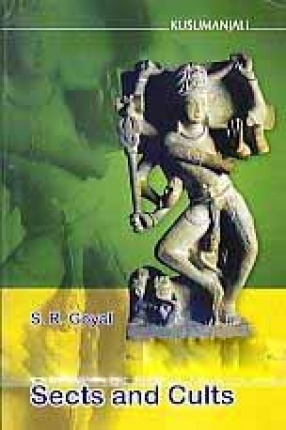
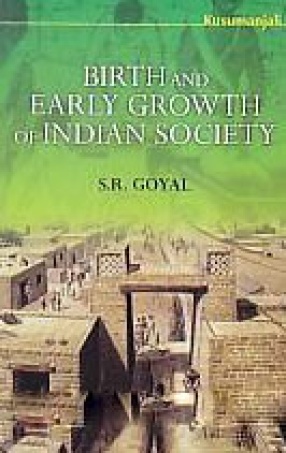
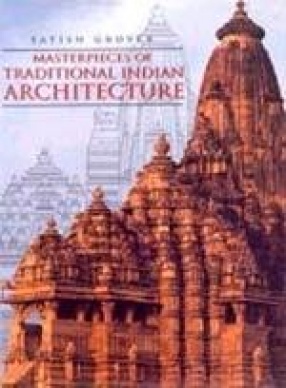
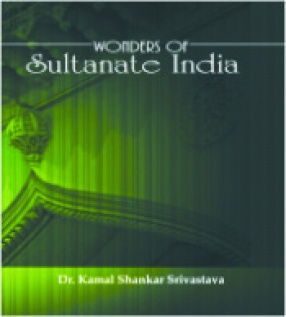
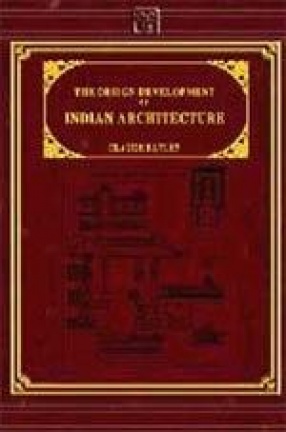
There are no reviews yet.